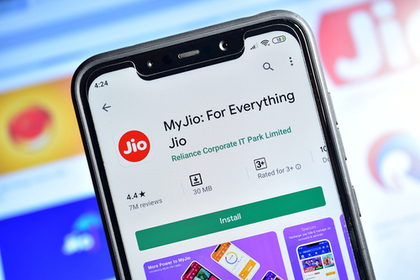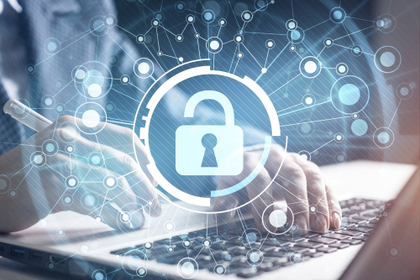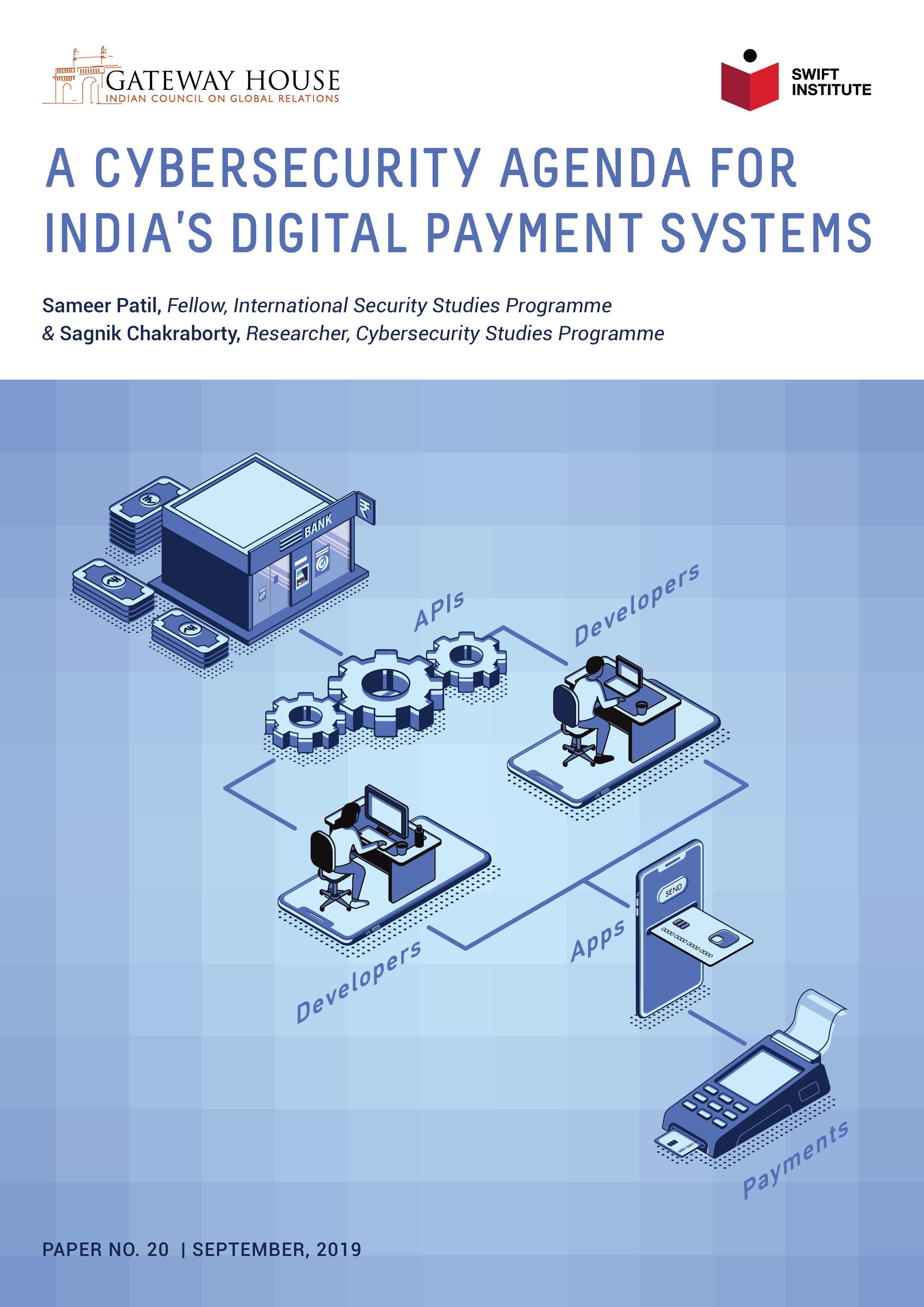 Courtesy: Shutterstock
Courtesy: Shutterstock
Recent investments by Facebook, Silver Lake, Vista Equity Partners, General Atlantic, KKR, Mubadala, ADIA, TPG, L Catterton and Intel Capital could well be the infusion of capital and expertise Jio needs to compete with Alibaba and Amazon. The infographic compares the number of services offered by these companies across different technology domains
 Courtesy: National Informatics Centre
Courtesy: National Informatics Centre
Compared to many countries India’s digital initiatives to monitor and control the impact of COVID19 have been surprisingly successful and swift. Creating and implementing the deep IT infrastructure necessary for this success is the National Informatics Centre (NIC) - the government’s pan-India, digital backbone.
 Courtesy: Shutterstock
Courtesy: Shutterstock
COVID19 has forced a sharp increase in the adoption of remote working solutions across the world. Zoom’s daily participants have risen from 10 million in December 2019 to 300 million in April 2020. Microsoft Teams’ daily active users have risen by 70% in the two months since March 2020. ‘Work from home’ may well be the norm for the foreseeable future. A look at the global proliferation of the top 26 online apps to date.
 Courtesy: Shutterstock
Courtesy: Shutterstock
COVID-19 and remote working have resulted in a surge in demand for digital intermediaries, such as Zoom. Most of these are U.S.-based, with some having servers in China, which has aggravated privacy concerns. IT companies have responded quickly by fortifying themselves internally through a range of measures, but it is now time for India’s highly accomplished tech industry to devise secure, scalable platforms with India-based servers
 Courtesy: Shutterstock
Courtesy: Shutterstock
India's Budget 2020 has just allocated Rs 8,000 crore to the Department of Science and Technology for the development of quantum technology, i.e. the use of quantum physics for computation. This opens up a wealth of possibilities and cybersecurity vulnerabilities too, but it is a sign of the Indian government’s seriousness in protecting the nation’s cyber infrastructure
 Courtesy: Shutterstock
Courtesy: Shutterstock
India’s has transited innovatively from a cash-based economy to one primarily reliant on digital payment systems. This has brought financial inclusion and transparency, but security threats too, such as data breaches. A look at the major vulnerabilities assailing India’s digital payment systems and ways to plug them.
 Courtesy: Shutterstock
Courtesy: Shutterstock
A recent seminar on cyberspace stability in Shanghai showed a global preoccupation by nations to acquire capabilities and devise protective mechanisms against attacks. A reflection on two themes emerging from the discussions
 Courtesy: Gateway House
Courtesy: Gateway House
India has rapidly transitioned from a cash-based economy to one reliant on digital payment systems. This has resulted in financial inclusion and greater transparency, but also expanded the system’s vulnerability to cybercrimes. This paper analyses India’s digital payments industry, maps the potential threat vectors and recommends measures to strengthen the cybersecurity of digital payment systems
 Courtesy: Shutterstock
Courtesy: Shutterstock
The India-France roadmap on cyber security and digital technology paves a detailed path for the two countries to cooperate in three areas where France is an acknowledged leader and can help India become cyber-resilient
 Courtesy: Shutterstock
Courtesy: Shutterstock
The tool used to sustain and coordinate protests is a young, encrypted messaging service called Telegram. Its unique privacy and security features and resistance to the state has made Telegram more popular than its larger rivals, WhatsApp and WeChat. What is this communication phenomenon?












